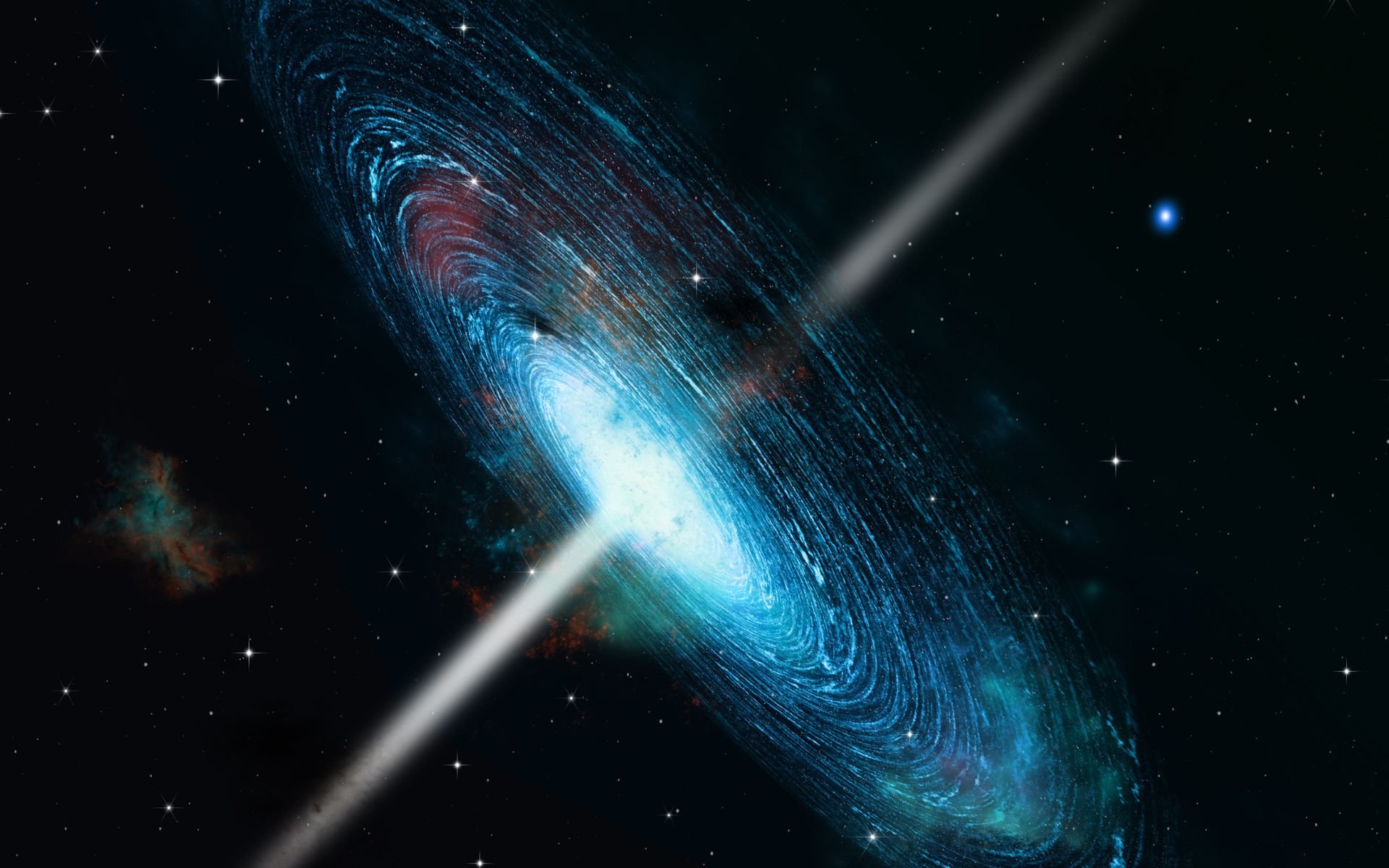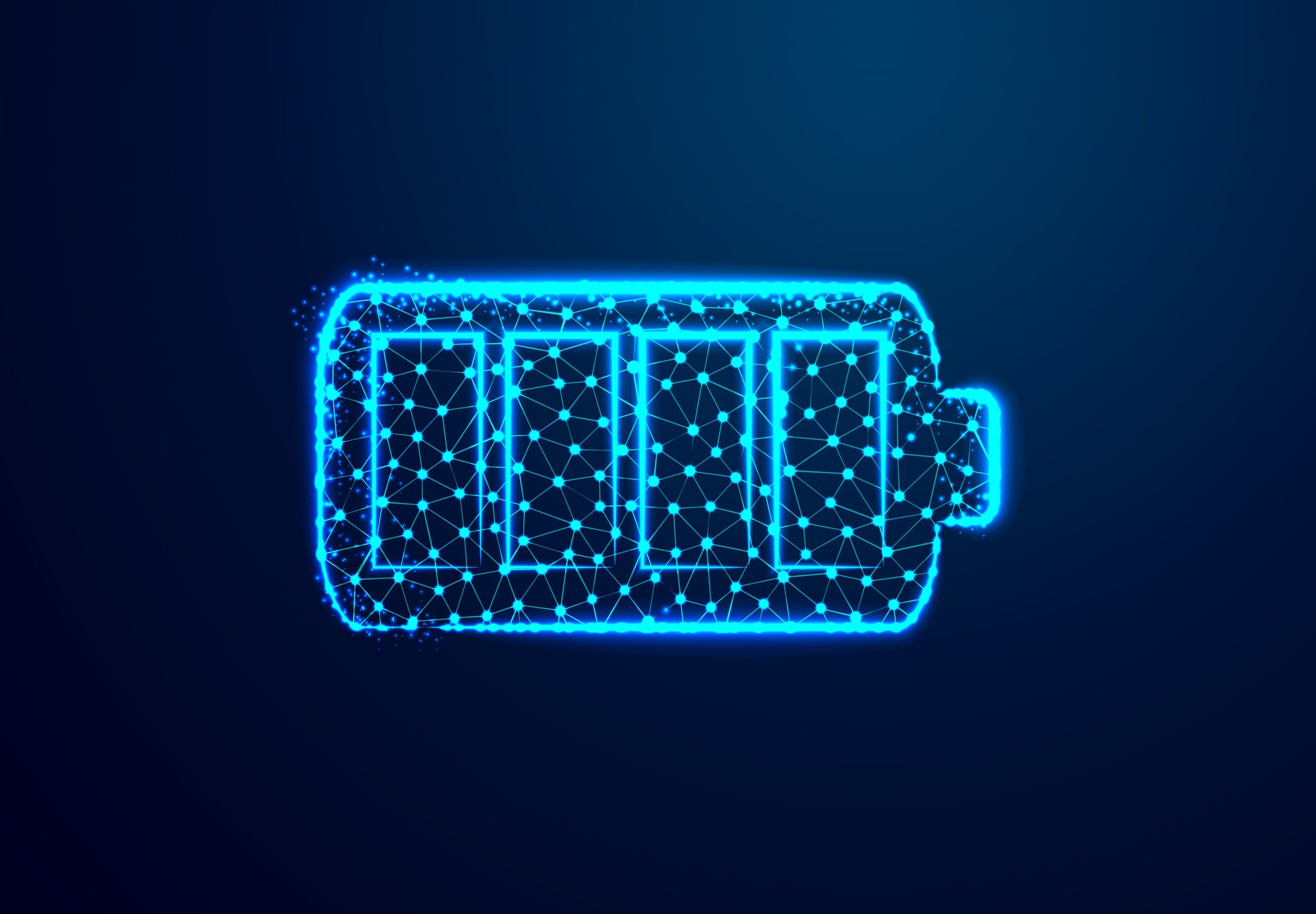According to a recent study published in the scientific journal Nature, a team of scientists has identified a black hole that may be considered the oldest black hole ever discovered by science; This was detected after researchers detected the glow of a galaxy. The data show that the massive object emerged just 400 million years after the Big Bang and was about 1.6 million times the mass of our Sun.
Scientists have collected data about a black hole that may have appeared approximately 13 billion years ago from observations from the James Webb Space Telescope (JWST). The team of scientists from the University of Cambridge claims: The massive object is so powerful that it pulls the galaxy towards the event horizon; One day, this reaction will cause the galaxy to completely disappear.
In the most common cases, conventional models show black holes to be around 100 times the mass of the Sun, but the object in question is almost 2 million times the mass of our star. The detection could confirm the direct collapse model, which posits the formation of supermassive black holes during the early universe, as opposed to the long formation process of ‘normal black holes’.
“It’s too early to see a black hole with this mass in the universe, so we have to think about other ways they could form. “Very old galaxies were extremely rich in gas, so black “They can be like a buffet for holes,” he said.
oldest black hole
The host galaxy of the supermassive black hole is called GN-z11 and was detected by the Hubble Space Telescope several years ago; The region is one of the oldest regions ever identified, having formed approximately 13.4 billion years ago. During the JWST observation, scientists found a spectrum of the galaxy with accretion signatures used to detect the oldest black hole.
Despite the supermassive object, Scientists explain that GN-z11 is a very small galaxy, approximately 100 times smaller than the Milky Way. The galaxy is also considered the oldest confirmed by science, but it may be destroyed by the black hole that destroys it; This is a problem even for a black hole, as it will no longer have a ‘power source’.
“GN-z11 is a compact galaxy, about a hundred times smaller than the Milky Way, but the black hole is probably hindering its evolution. When black holes consume too much gas, they push the gas like an ultrafast wind. In the statement, it was stated that this “wind” could slowly kill the galaxy by stopping the star formation process, but it would also kill the black hole itself, as it would cut off the black hole’s “food” source.
Did you like the article? Stay up to date with more astronomy curiosities at TecMundo. If you want, take the opportunity to understand how primordial black holes can hide the answer of dark matter.
Source: Tec Mundo
I’m Blaine Morgan, an experienced journalist and writer with over 8 years of experience in the tech industry. My expertise lies in writing about technology news and trends, covering everything from cutting-edge gadgets to emerging software developments. I’ve written for several leading publications including Gadget Onus where I am an author.













